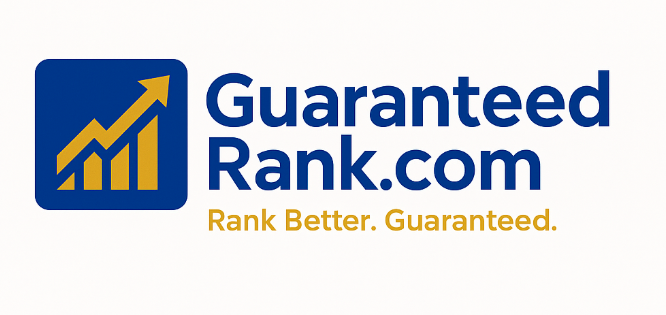Using hreflang tags correctly is essential when targeting multiple European countries, especially when they share the same language but differ in content, currency, or legal requirements (e.g., Germany, Austria, Switzerland).
Here’s a clear, actionable guide for proper hreflang implementation:
✅ 1. Understand What hreflang Does
hreflang tells search engines:
-
What language your content is in
-
Which country it is intended for
It helps prevent duplicate content issues and ensures users see the right version of your site in search results.
✅ 2. Use Correct hreflang Format
The standard format is:
Example for German in different countries:
Always include:
This is a fallback for users outside your targeted locales.
✅ 3. Placement Options
You can place hreflang tags in three ways:
| Method | Best For | Notes |
|---|---|---|
<head> of HTML | Most reliable and common | Recommended |
| XML Sitemap | Very large sites or non-HTML pages | Must list all alternates |
| HTTP headers | For non-HTML files (e.g., PDFs) | Less common |
✅ 4. Be Consistent Across All Variants
Each version of a page must reference all others, including itself:
Example: On https://example.com/de-at/:
✅ 5. Language–Country Codes Reference
| Country | Language Code | hreflang |
|---|---|---|
| Germany | de | de-DE |
| Austria | de | de-AT |
| Switzerland | de | de-CH |
| France | fr | fr-FR |
| Belgium | fr/nl/de | fr-BE / nl-BE / de-BE |
| Spain | es | es-ES |
| UK | en | en-GB |
| Ireland | en | en-IE |
✅ 6. Common Mistakes to Avoid
🚫 Mixing language-only and language-region formats
✅ Always use full language–region if content is country-specific.
🚫 Not including self-referencing hreflang
✅ Each page must include itself in the list.
🚫 Incorrect language codes (e.g., using de-EU or en-EU)
✅ There’s no “EU” region — use real country codes.
🚫 Mismatched URLs across variants
✅ Make sure each hreflang points to a valid, unique URL.
✅ 7. Validate Your Implementation
-
Google Search Console → International Targeting report
-
Screaming Frog → Extract and audit
hreflang -
Merkle hreflang tag testing tool → https://technicalseo.com/tools/hreflang/











0 Comments